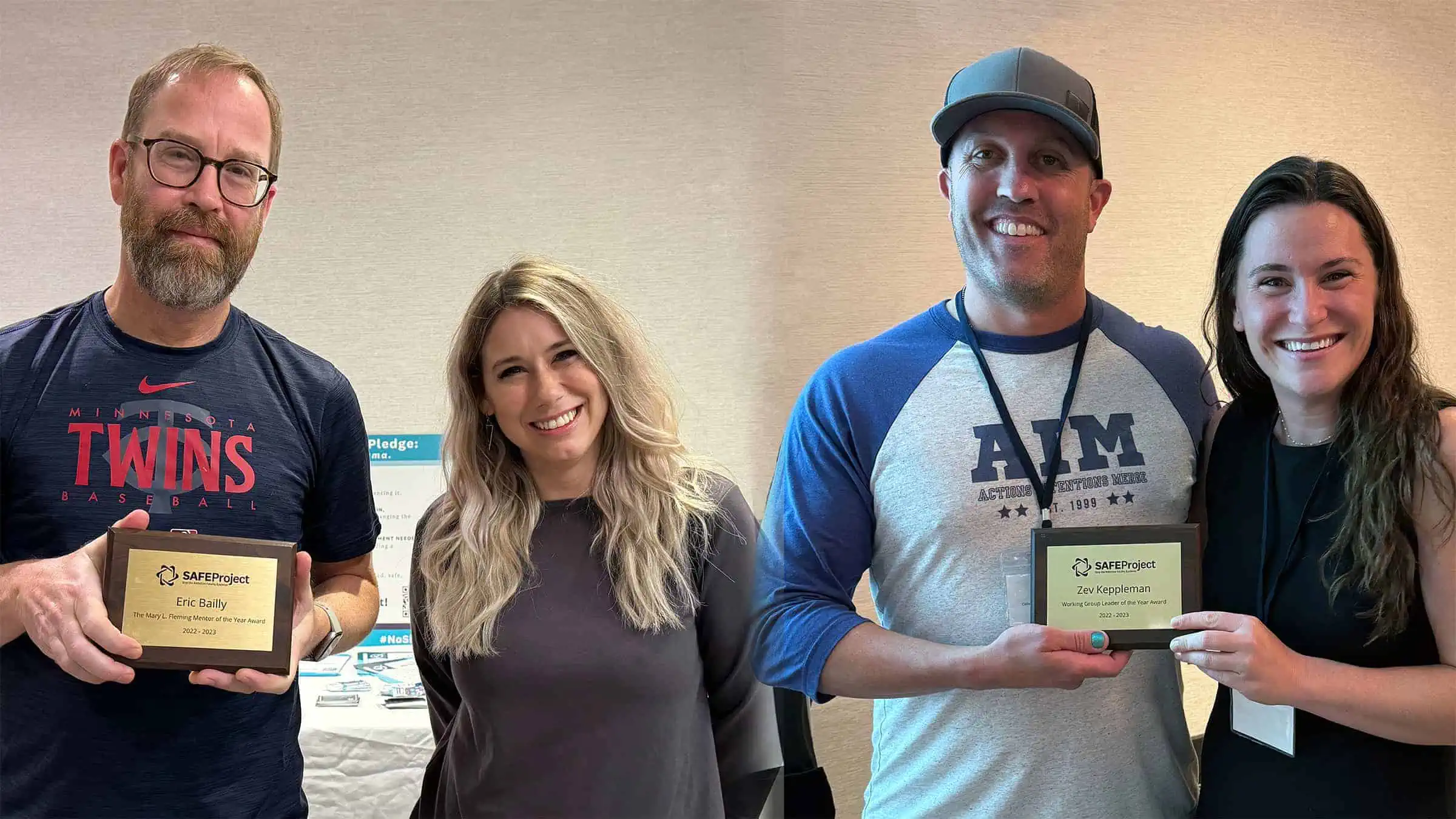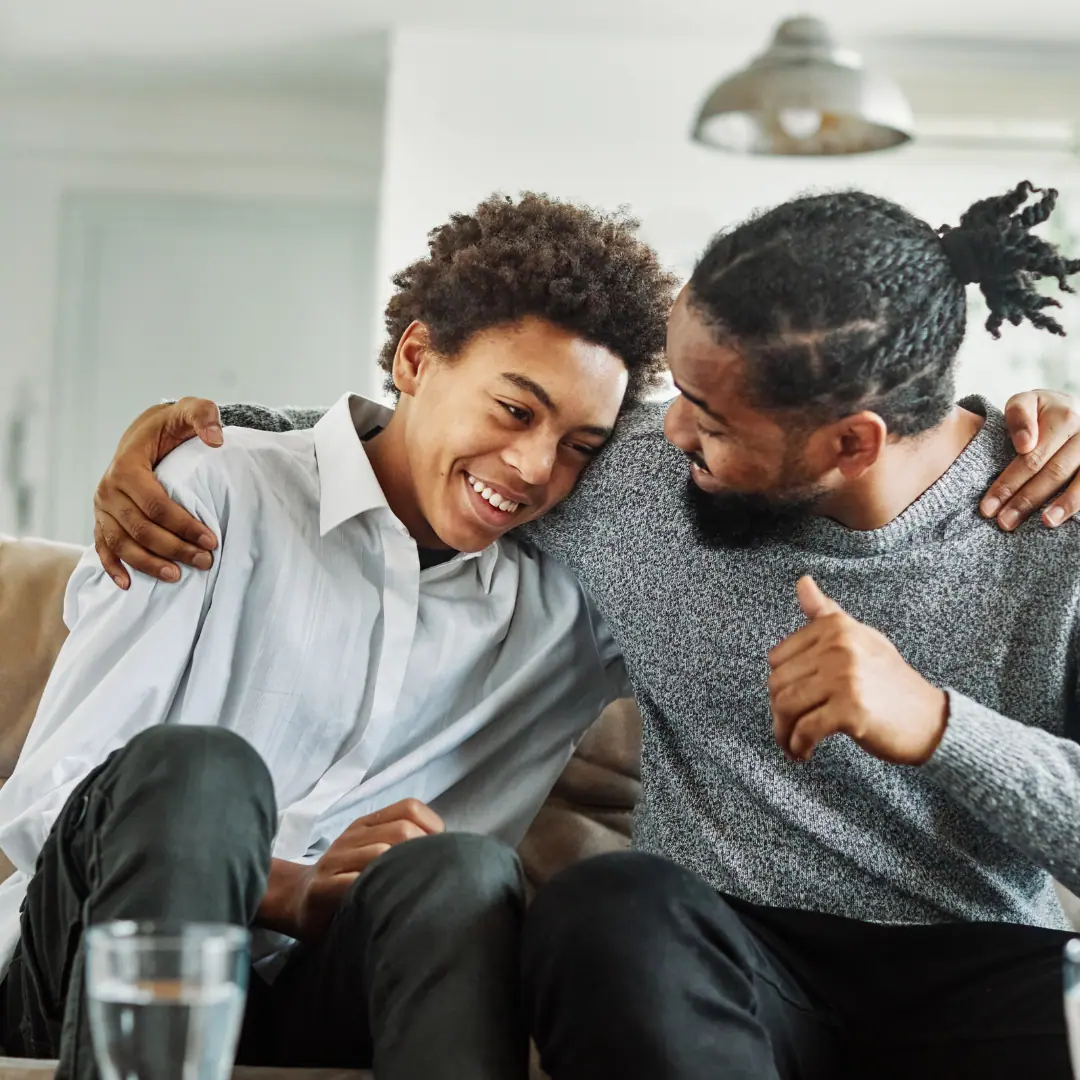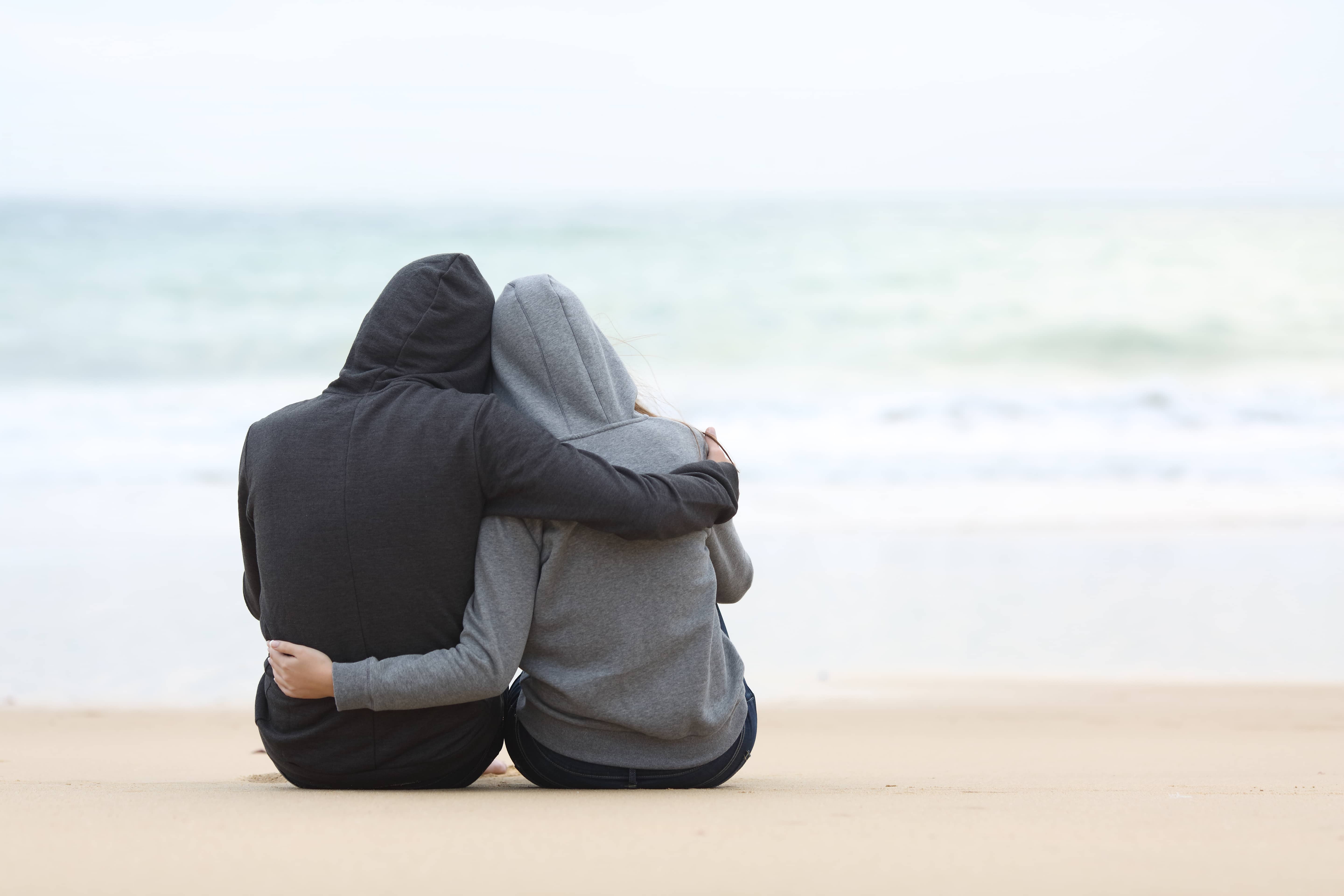Empower yourself to make a difference
in the fight against opioid overdoses.
Please share this video with friends, family, and anyone who should be informed about naloxone and overdose response.
To dive deeper into the topic, you are welcome to take our free comprehensive online training:
There is No Shame in getting help or talking about mental health and addiction.
Join us in creating a nationwide movement by signing our pledge to end stigma and support others in speaking up about their own disorders.
Learn More:
What is Naloxone?
Naloxone is a non-scheduled (non-addictive), prescription medication used in opioid overdoses to counteract life-threatening depression of the central nervous system and respiratory system, allowing an individual experiencing an overdose to breathe normally.
Naloxone can be administered by non-medical personnel, which makes it ideal for individuals to treat overdose in people who have been prescribed opioid pain medication and in people who use heroin and other opioids. Naloxone only works if a person has opioids in their system and the medication has no effect if opioids are absent (National Harm Reduction Coalition). It may take multiple doses of naloxone to take effect. There is no harm in giving a person who is experiencing an overdose multiple doses of naloxone.
The No Shame Toolkit
TESTINGada erat ut turpis. Suspendisse urna nibh viverra non semper suscipit posuere a pede.

No Shame Education Program
test3t amet, consectetuer adipiscing elit. Donec odio. Quisque volutpat mattis eros. Nullam malesuada erat ut turpis. Suspendisse urna nibh viverra non semper suscipit posuere a pede.

test4, consectetuer adipiscing elit. Donec odio. Quisque volutpat mattis eros. Nullam malesuada erat ut turpis. Suspendisse urna nibh viverra non semper suscipit posuere a pede.
Donec nec justo eget felis facilisis fermentum. Aliquam porttitor mauris sit amet orci. Aenean dignissim pellentesque felis.
Morbi in sem quis dui placerat ornare. Pellentesque odio nisi euismod in pharetra a ultricies in diam. Sed arcu. Cras consequat.
- Lorem ipsum dolor sit amet, consectetuer adipiscing elit.
- Aliquam tincidunt mauris eu risus.
- Vestibulum auctor dapibus neque.
- Nunc dignissim risus id metus.
- Cras ornare tristique elit.

100,000+
Americans lost to overdoses each year

2x
Veterans are twice as likely to die from an accidental overdose

<10%
Incarcerated citizens who have access to treatment and recovery services

1 in 3
College students who report dealing with a mental illness
Interested in joining the #NoShame movement at a corporate/organizational level?

